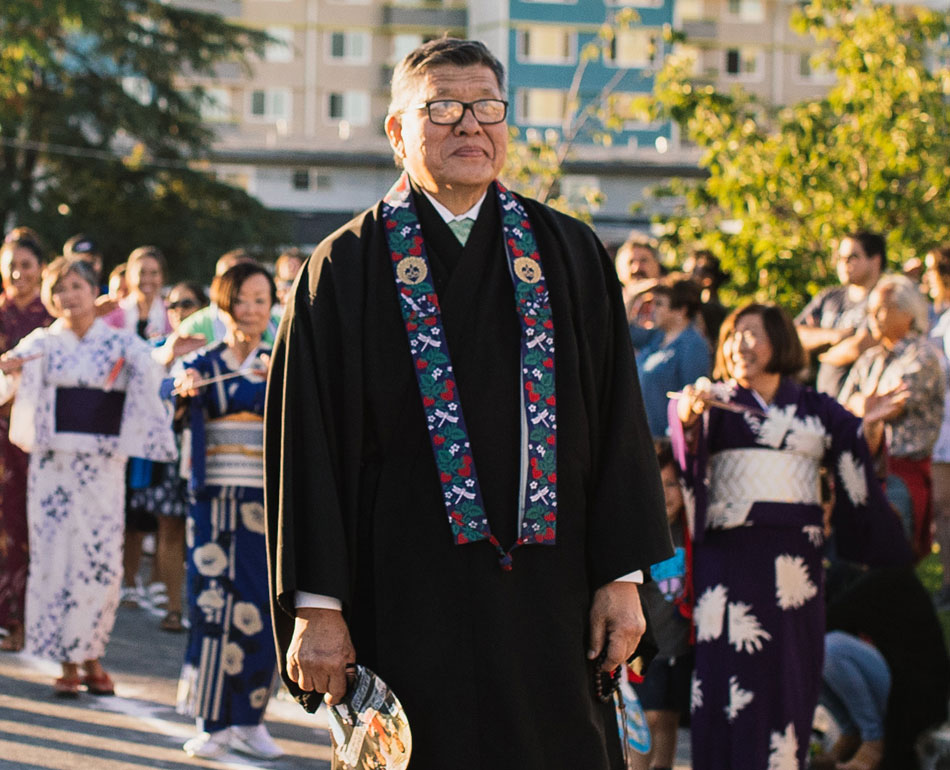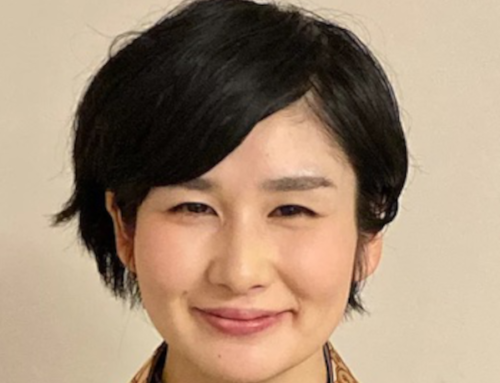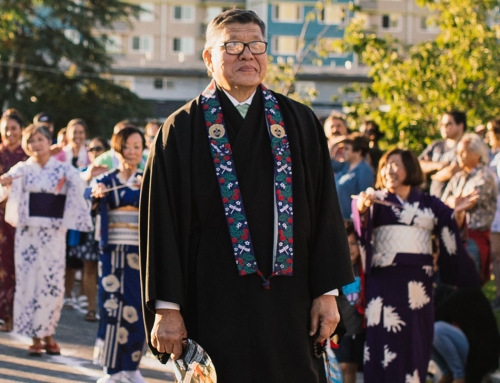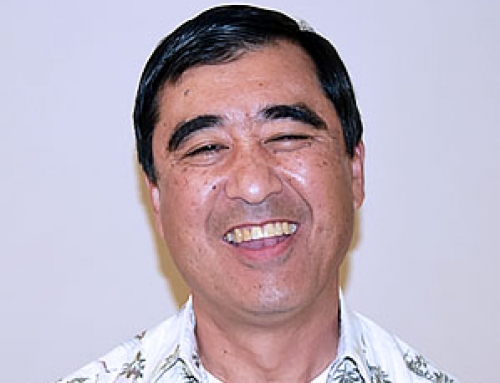Long, long time ago in a palace far, far away a prince killed his father and intended to kill his mother. The Prince was Ajatasatru; the King, Bimbisara; and the Queen, Vaidehi. There are two other key figures in this event, Devadatta, Sakyamuni Buddha’s cousin and Sakyamuni Buddha.
Seventeen centuries later in the first paragraph of the Preface of his major, Kyogyoshinsho, Shinran refers to Devadatta, Ajatasatru and Vaidehi.
“In their selfless love, these incarnated one – Devadatta, Ajatasatru, Vaidehi – all aspired to save the multitudes of beings from pain and affliction …. “
It is difficult for me to think about the actions of Devadatta and Ajatasatru as “selfless love”. Ajatasatru conspired with Devadatta to kill his own father and imprison his mother. Although, the conditions led Vaidehi to seek the instructions of Sakyamuni Buddha he would have come if simply asked. Yet, Shinran considered their actions essential to the instructions of Sakyamuni. The serious circumstances of Vaidehi gives absolute focus to the instructions of Sakyamuni.
How do we reconcile Ajatasatru killing his father and Shinran’s description of his selfless love?
If we think with our modern Western mind these two ideas are impossible to bring together. A person like Ajatasatru who killed his father to take the throne. A person who continued to annex neighboring kingdoms through war demonstrated his character through his actions. It is hard to think of Ajatasatru as a person of selfless love. There are some accounts of Ajatasatru grieving what he had done to his parents and becoming a supporter of Sakyamuni Buddha. Historically, however, we know that he continues to war with neighbors. Ajatasatru, in time, was killed by his son Udayabhadra.
In the preface of the Kyogyoshinsho Shinran describes Ajatasatru as an “incarnated one”. In Shinran’s world it was not unusual for deities to manifest themselves in human form. Eshinni thought of Shinran as a manifestation of Kannon. Although she did not share her vision with others we know from her letter to Kakushinni, many years later, that this was a treasured dream.
For Shinran there was obviously no inconsistency. Sakyamuni Buddha’s instruction to Vaidehi on seeing the Pureland and Amida Buddha was the result of the actions of all who were involved. Questions and concerns are a result of my bifurcated thinking. A way of thinking that separates the world into likes and dislikes. This is the mind that creates difficulties.
In our time how do we view the world? We see differences that separate. Maybe if we can imagine deities manifest in those with whom we disagree we might engage our differences with greater openness .




